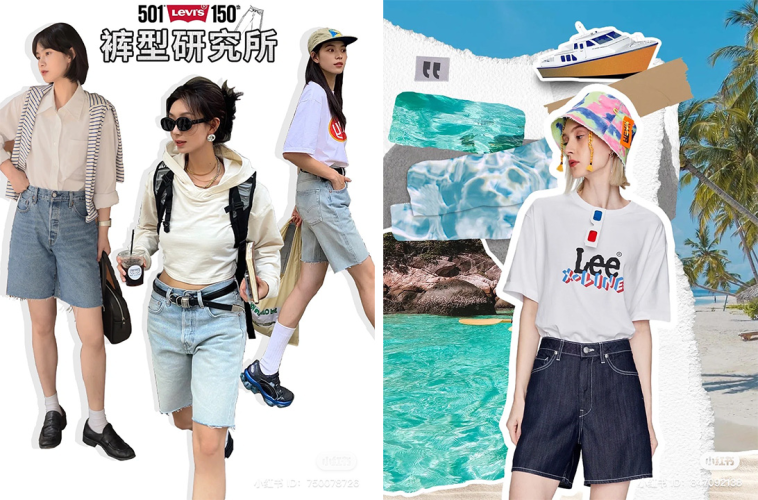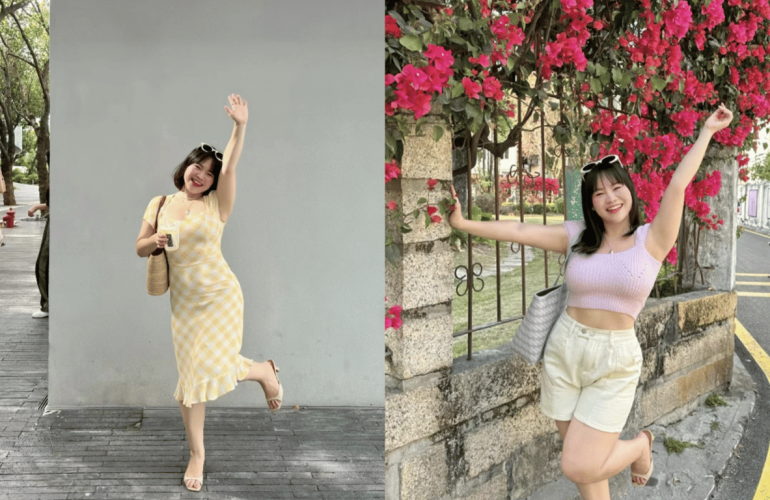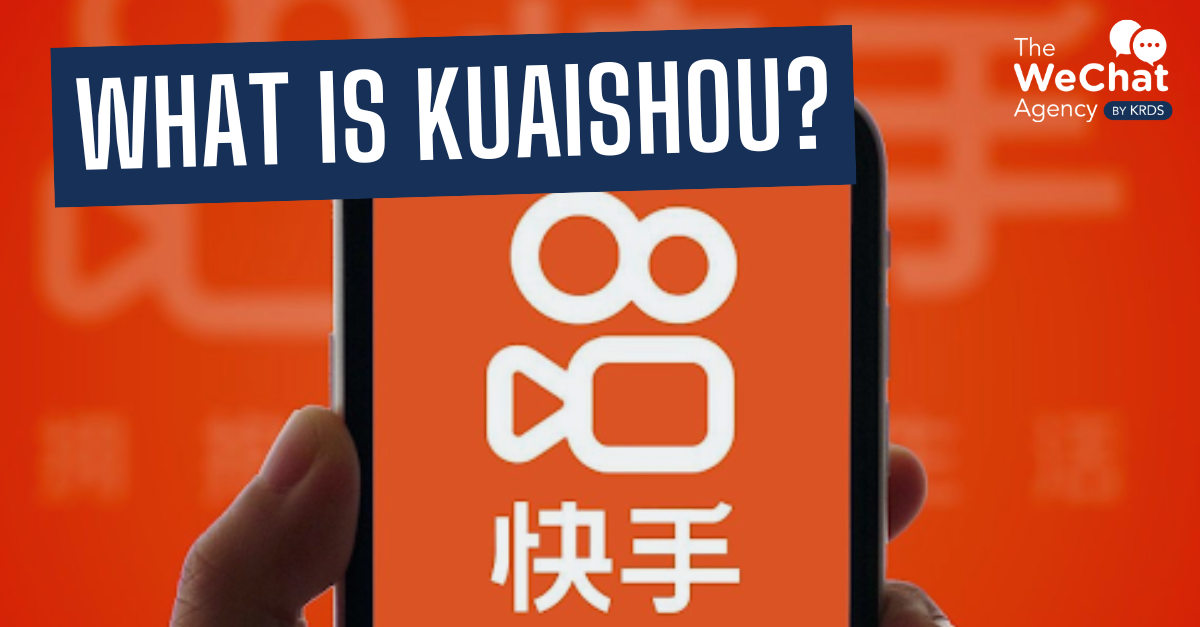-
Ctrip unveils an AI model that provides suggestions for tourism
- Ctrip introduced a vertical AI large model designed for the tourism industry. The AI-driven model, called Xiecheng Wendao, allows users to ask Ctrip travel-related questions. The model is in its early stages and still requires a long process of iteration.”
- Why it matters: To meet their unique needs, many businesses are modifying current large general models with information specific to their respective industries. As an example, Ctrip claimed that its specialized model, which filters 20 billion high-quality unstructured streams of tourism data along with its own structured real-time data and search algorithms, is based on an undisclosed general model.
- Details: Ctrip’s AI model will offer recommendations on destinations, hotels, and sightseeing, the firm said at the Monday launch event, and also can offer real-time search results for flights and hotels.
- In a variation on the race to develop artificial intelligence chatbots similar to ChatGPT, Chinese businesses are increasingly turning to sector-specific models. It seems safer for domestic companies to make use of the quickly-evolving technology, particularly in a nation that recently took a significant step to regulate generative AI content.
-
Foreign credit cards are now accepted by WeChat Pay in China.
- Tencent said that it now allows foreign tourists to link their international credit cards to its payment service WeChat Pay.
- With the rise of digital payments in China, foreign visitors have sometimes encountered difficulty in the country as many shops and restaurants only accept digital payments.
- Tencent has published bilingual Chinese and English guidelines on how to add a card within its super app WeChat, with overseas card holders able to “pay like a local” via payment codes or scanning merchants’ QR codes
- However, WeChat added that a 3% transaction fee will be charged when a single transaction amounts to RMB 200 or over.
Link: https://mp.weixin.qq.com/s/Rm7rQBotG77SQmM6MMv75A
-
The hottest summer trend in China? How Xiaohongshu made ‘jorts’ a thing
- On June 29, lifestyle sharing platform Xiaohongshu launched a campaign to promote the over-the-knee jean shorts.
- #Jorts, which has over 520 million views on TikTok, is part of a larger “new vintage” style taking over China and the rest of the world.
- Xiaohongshu has over 80 official accounts that cover a range of topics which not only spotlight the hottest Gen Z happenings, but they also educate consumers on niche and emerging movements.
- Given these functions, Xiaohongshu is more than just a social media platform. It’s an information hub that keeps brands up-to-date and connected with young consumers.
Link: https://jingdaily.com/xiaohongshu-jorts-china-fashion-trends/

-
AI’s assistance in fashion design: Text-to-Design, Tommy Hilfiger, and AI Fashion Week
In this year’s Metaverse Fashion Week held in March, the American clothing brand Tommy Hilfiger hosted an AI design contest. The goal was to create a digital fashion item in the classic Hilfiger style.
- AI Fashion Week
Events such as Maison Meta’s AI Fashion Week in New York have also turned the spotlight on the synergistic relationship between AI and fashion - Text-to-Design transforms the fashion industry
Stitch Fix uses AI recommendation algorithms and data science to personalize clothing items based on a user’s preferences. With generative AI, advanced AI programs that are able to generate sophisticated content such as images, there’s the possibility of taking things one step further, to the product design level.
- Leaks and limitations
Generative AI for fashion design is showing promise, but challenges persist. One of those risks is leaks. Images uploaded to AI image generators are typically also added to the platform’s database, making leaks possible.
“In the end, the level of creativity and quality of the output will be determined by the skill of the individual. Image generation tools are still just that: a tool.
Link: https://jingdaily.com/artificial-intelligence-fashion-design-assistant-tommy-hilfiger-midjourney/
-
What Should The Luxury Industry Expect From Post-Pandemic Chinese Travelers?
- Outbound travel is expected to increase in 2023, boosting luxury spending in Europe, the United States, and the rest of Asia, while the lifting of COVID restrictions in China is set to fuel Chinese consumer confidence and stimulate the local market rebound.
- The return of Chinese outbound travelers is facing obstacles, including limited seat capacity on international airlines, higher ticket prices, visa application backlogs, and concerns about a volatile social environment abroad, affecting their confidence to travel.
- Despite the potential increase in luxury consumption abroad, the domestic luxury market in China is not expected to decline in the short term. Luxury brands have invested in expanding their store networks and have taken measures to reduce pricing gaps, leading to significant growth in mainland China’s luxury market.
- In this context, the progress made by luxury brands over the last three years cannot be understated: In China, nearly 50% of all luxury consumers in 2021 were first-time buyers.
- However, luxury brands need to be agile and adapt to changing consumer expectations and preferences both inside and outside China, focusing on higher spending potential of Chinese travelers and catering to their expectations in terms of luxury purchase experience and digital services.
-
What is the latest ‘KOP marketing’ craze?
- The emergence of Key Opinion Professionals (KOP) in content marketing is a new trend, where professionals with deep expertise in specific fields share professional content to influence user decisions.
- Main characteristics of a KOP:
- Have a high degree of education, such as the Ph.D. Kikuchi Tian Department of Chemistry at Tsinghua University, known as “Picket”
- Rich experience, such as bloggers who rely on science popularize and dismantling rumors
- Deep-cultivated original content in professional vertical fields such as health, technology, engineering, and humanities
- In addition, KOP is not necessarily a specific person, but also an institutional blogger, such as @丁香Doctor This type of professional media sharing health knowledge.
- KOP differs from Key Opinion Leaders (KOL) and Key Opinion Consumers (KOC) in that they focus on vertical, professional content, providing detailed analyses and comparisons of products and brands.
Link: https://mp.weixin.qq.com/s/m4trhMxKPqYrngn7VOtMdA
-
Can ‘Midsize Influencers’ Fix China’s Body Image Problem?
- Many in China have reclaimed the term, weipang(midsized), confidently using it to set themselves apart from influencers with conventionally thin figures, and the hashtag ‘midsize outfit’ has accumulated over 7.8 billion views on Xiahongshu and over 38 billion views on Douyin (China’s TikTok).
- In recent years, the body positivity movement has also gained some momentum in China, with brands like Neiwai pioneering inclusivity in their campaigns, plus-size models like Xu Ruoxin on the covers of high-profile fashion magazines, and rapper Chen Jinnan openly discussing body image in her songs.
- A quick search on Douyin, (whose user base is mostly men, as opposed to Xiaohongshu where over 70% of the users are women) will reveal the term weipang is used by men to describe women with large breasts and booties, but thin waists and long legs.
- On Douyin, weipang women are mistakenly identified with a ‘slim-thick’ body type rather than the diverse range of ‘midsize’ bodies displayed by influencers on Xiaohongshu, and many videos on the platform revolve around sexiness rather than fashion and style.
- At the same time, douyin banned 22 big accounts with large following and aiming to ban more, deeming their content pornographic and vulgar.



